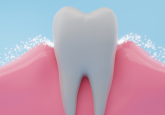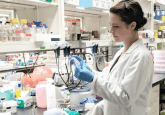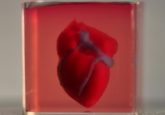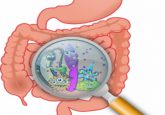Bacteria that cause heart disease
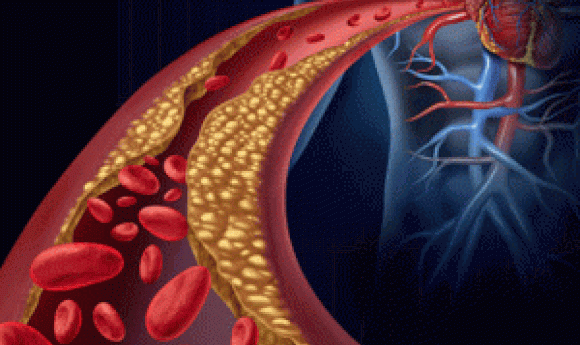
How do bacteria living in the mouth contribute to arterial plaque buildup and heart disease? .
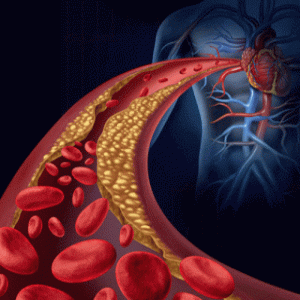
Atherosclerosis is a form of heart disease caused by plaque buildup in blood vessels.
Genetics, sedentary lifestyles, and unhealthy eating all contribute to atherosclerosis and heart disease. But scientists recently investigated the role of another surprising culprit—lipid-producing bacteria living in the mouth.
“For the past twenty years, I’ve been looking at lipids produced by bacteria associated with disease,” said Frank Nichols from the University of Connecticut, senior author of a recent study on bacteria and atherosclerosis published in the Journal of Lipid Research.
Nichols studies the microbiome looking for ways that oral and intestinal bacteria impact human health. Previous work had connected bacteria with atherosclerosis, so Nichols and his team decided to explore the biological mechanism of bacterial involvement in heart disease.
Nichols’ team obtained plaque samples from patients with atherosclerosis, extracted the lipids, and analyzed them. They found that certain types of serine dipeptide lipids were elevated in the atherosclerotic samples, compared to samples from healthy patients. “We were surprised at how much of this we found in the artery wall and how consistent it was. It was pretty eye-popping,” Nichols said. “The fact that these were consistently recovered—we thought they could be biologically significant.”
Suspecting that these serine dipeptide lipids came from Bacteroidetes bacteria in the mouth, the team then extracted and analyzed lipids in the patients’ oral bacteria, finding that the bacteria produce high levels of the same serine dipeptide lipids. These lipids are produced uniquely by the bacteria and not by any human tissues.
These serine dipeptide lipids that are present in the plaques and the mouth bacteria bind to and activate toll-like receptor 2 (TLR-2), a protein implicated in atherosclerosis, so the researchers hypothesized that bacteria may contribute to heart disease through this pathway. They plan to do more research to test this hypothesis in the future.
Nichols’ team is now exploring other questions, such as how the bacteria produce the lipids and how they could get from the mouth into the bloodstream. He hopes that other researchers will focus on developing pharmacological agents that could treat atherosclerosis by blocking this process.
“What [this study] adds to therapeutics is that atherosclerosis is a multi-factorial disease,” said Caroline Genco from Tufts University, who was not involved in the study. “There are other factors that are involved in the disease, and you need to think of those.” In the treatment of heart disease, bacteria have become a part of the picture that can’t be ignored; this study brings scientists another step closer to understanding the full picture and perhaps developing new drugs for targeted treatment.
